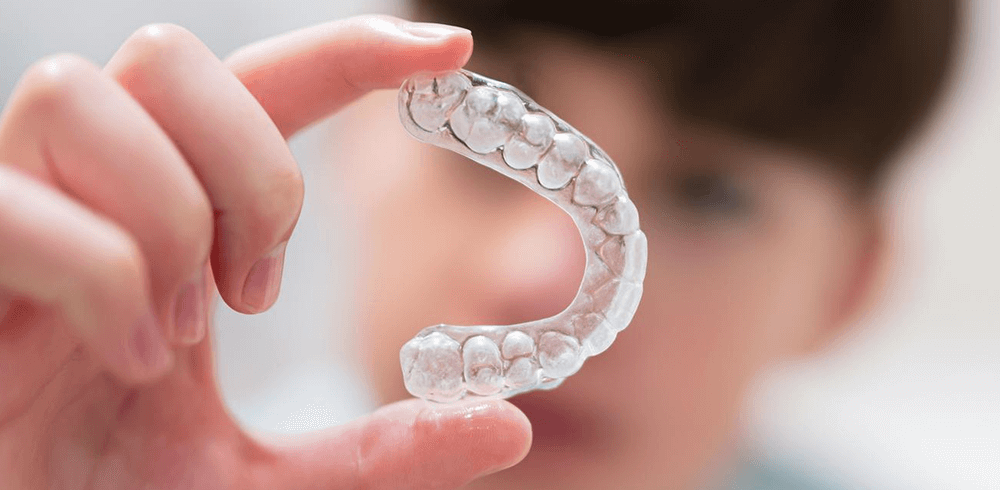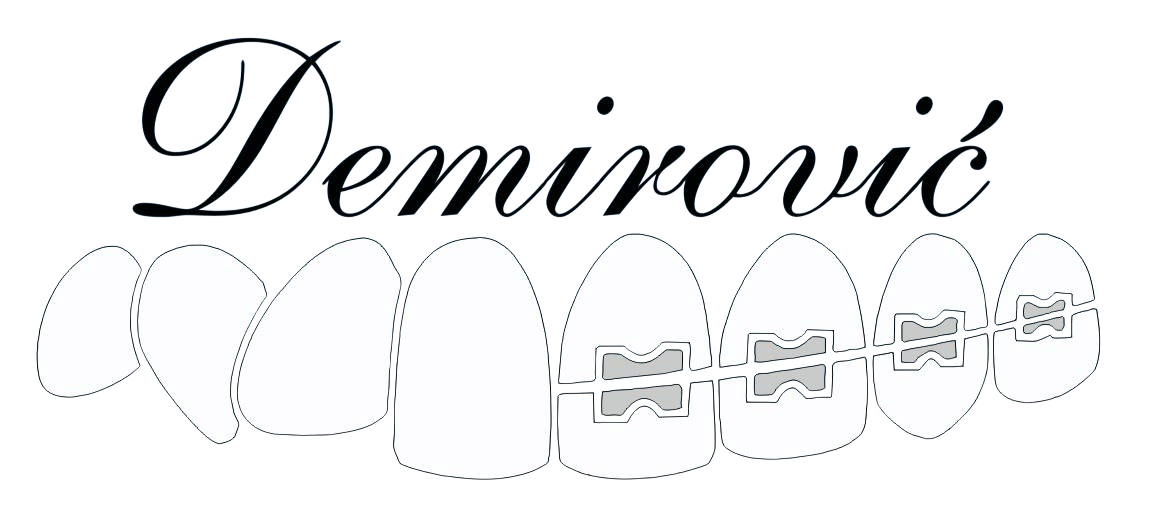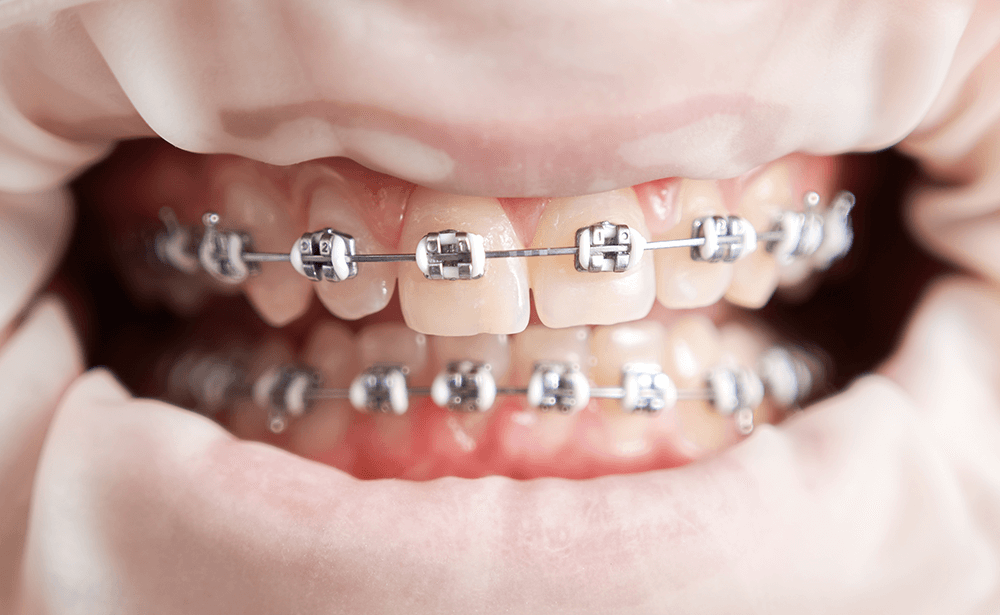Orthodontics
Modern orthodontics offers various treatment methods – from removable and fixed braces to clear aligners and orthodontic-surgical treatments for more complex cases. Treatment can be carried out for children, adolescents, and adults of all ages because it is never too late for a beautiful smile.
With proper and timely orthodontic treatment, it is possible to prevent numerous complications and ensure the long-term functionality and aesthetics of your smile. Orthodontic irregularities can be either congenital or acquired and manifest through:
- Crowding of the dental arches.
- Open bite
- Deep bite
- Crossbite
- Diastemas (spaces between teeth).
- Progeny (reverse overlap of incisors).
- Protrusion (protrusion of the front teeth).
- Asymmetry of teeth and jaws
- Impacted teeth (unerupted canines, incisors)
Orthodontic treatment in children focuses on timely correction of irregularities in the growth and development of teeth and jaws to prevent future problems and ensure proper development. It includes:
- Removable braces
- Extraoral appliances
- MyoFunctional appliances
- Fixed braces for children
- Interceptive orthodontics (prevention of bad habits in children)
- Therapy of obstructive sleep apnea in children
Orthodontic therapy for adults focuses on correcting misalignments of teeth and jaws, using modern and discreet appliances that allow for aesthetically pleasing and functional results, regardless of age. The methods include:
- Fixed orthodontic appliances (conventional and self-ligating metal braces)
- Aesthetic fixed appliances (ceramic braces)
- Lingual fixed braces (braces placed on the inner side of the teeth)
- Clear aligners
Advanced orthodontic treatments and retention

In addition to standard methods for correcting misalignment of teeth and jaws, orthodontics includes a range of specialized treatments that address more complex cases, as well as the phase of orthodontic retention, which ensures the long-term success of the therapy.
Orthodontic-surgical therapy for impacted (unerupted) teeth it is applied in cases where teeth, most commonly canines or incisors, have not erupted naturally and remain trapped within the jaw. In collaboration with an oral surgeon, these teeth are gradually brought into the correct position within the dental arch.
Preprosthetic orthodontics in adults it is used to prepare the teeth and jaws before prosthetic rehabilitation (bridges, crowns, implants) to ensure an optimal functional and aesthetic result.
Correction of previously improperly performed orthodontic therapy it involves correcting the results of inadequate therapy from the past, with the goal of restoring proper bite and smile aesthetics.
After the active phase of therapy, the following phase is orthodontic retention, which is crucial for maintaining the achieved results. Depending on the case, the following methods are applied:
- Orthodontic removable retainers – plastic appliances that the patient wears at night
- Orthodontic retainer trays – thin, transparent trays that maintain the teeth in the desired position
- Orthodontic fixed retainers – wire retainers attached to the inner side of the teeth
- Occlusal positioners for the mandible – special devices that help stabilize the lower jaw and ensure proper bite alignment
Each of these elements plays a crucial role in the overall orthodontic treatment, and the choice of method depends on the individual needs of the patient and the orthodontist's recommendation.
Frequently Asked Questions (FAQ)
Here you will find answers to the most common questions that our patients ask regarding this service.
Although the first orthodontic examination is recommended around the age of seven, treatment can also begin later – it all depends on individual needs. It is important to recognize irregularities early in order to take timely action and guide proper jaw growth.
Absolutely. More and more adult patients are starting orthodontic treatment today. Thanks to modern, discreet options such as ceramic braces, lingual braces, and clear aligners, the therapy is aesthetically acceptable and effective even in adulthood.
The duration of treatment depends on the complexity of the case, the type of braces, and the patient's cooperation. On average, treatments last from 12 to 24 months, but in some cases, they may be shorter or longer.
During the first few days after the braces are placed, patients may experience mild discomfort or pressure, which is completely normal and temporary. The body quickly adjusts, and the discomfort usually disappears after a few days.
Retention is the final phase of orthodontic treatment that ensures the teeth remain in their new, correct position. Fixed or removable retainers, retention trays, or jaw positioners are used. Without this phase, the teeth may revert to their previous position.

